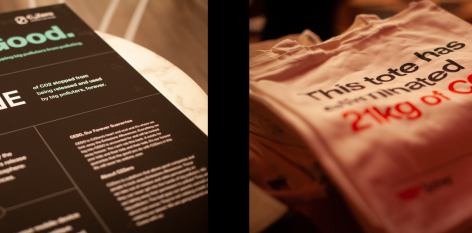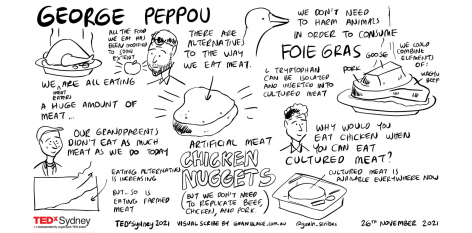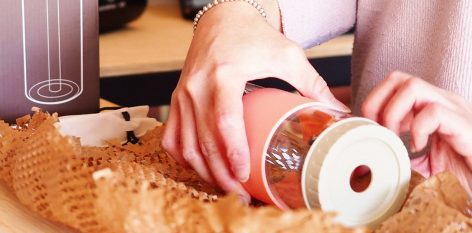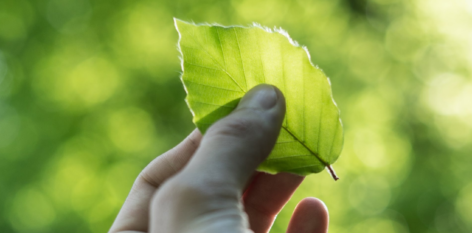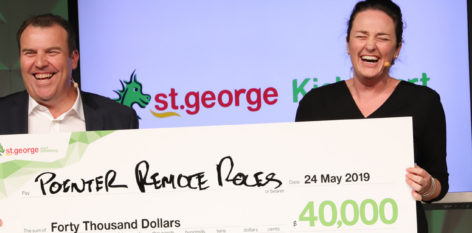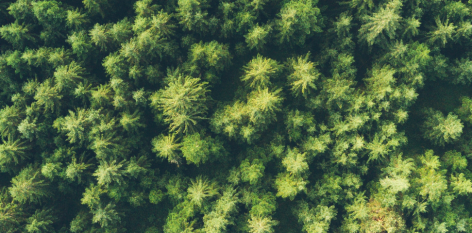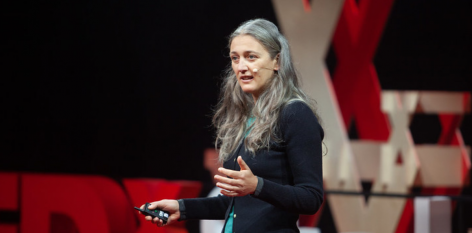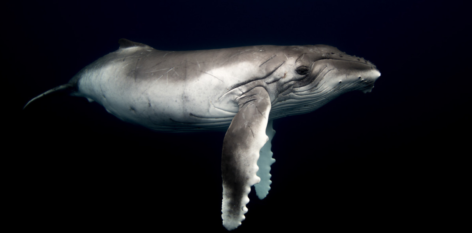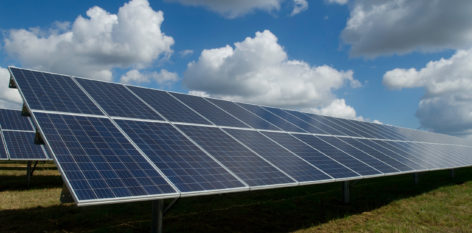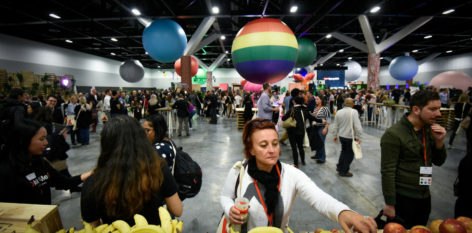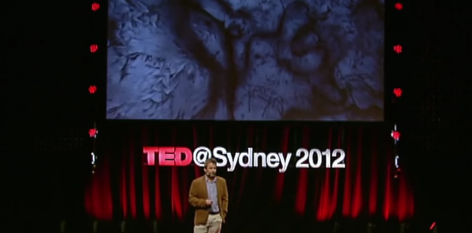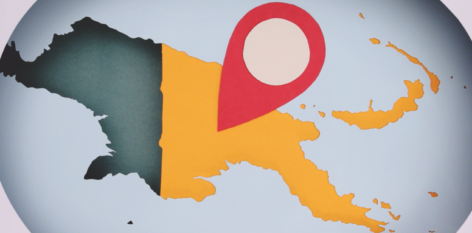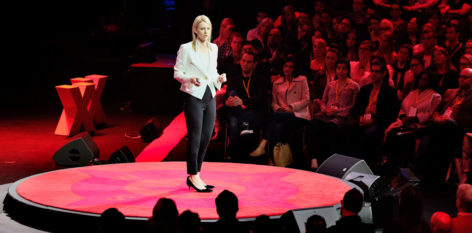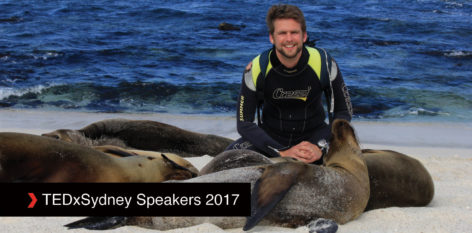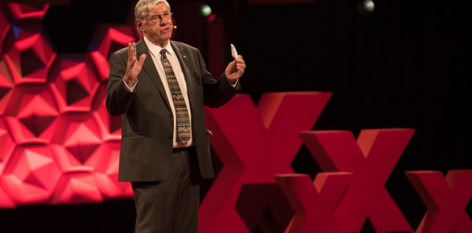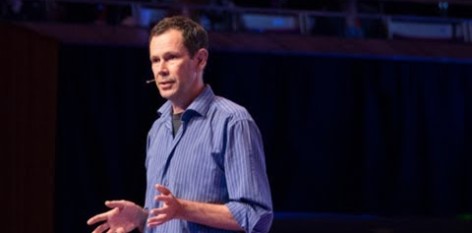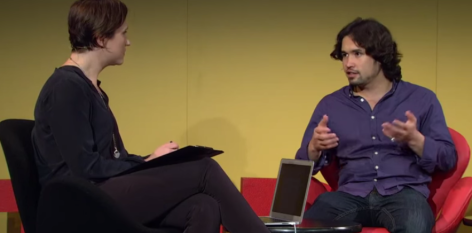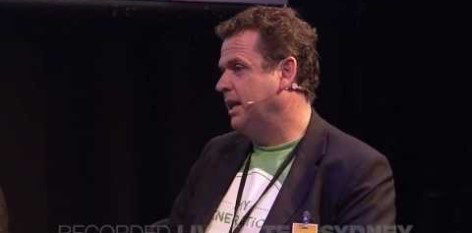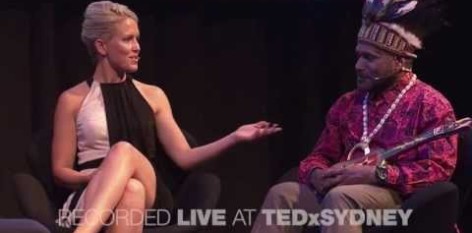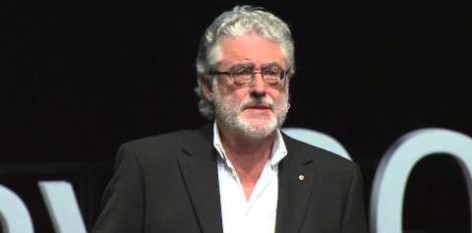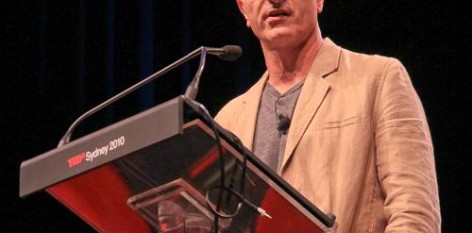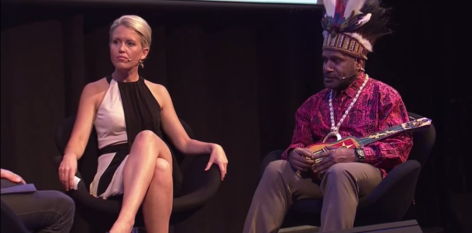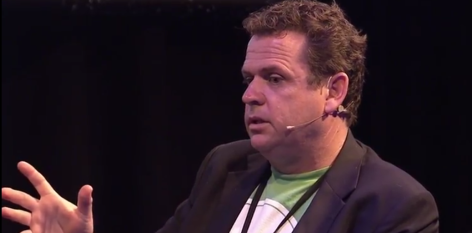Australians have always had a great affinity with wool. As a product and an export, it has been putting the shirts on our backs for decades – literally.
Since the 1980s, the majority of wool processing machinery left Australia for off-shore processing. Wool cleaning is resource and labour intensive, coupled with strict Australian regulations, meant it was no longer viable for Australian facilities to process wool locally. In addition, lower labour costs in nearby countries meant it was a lot cheaper for manufacturers to process offshore.
According to the Food and Agriculture Organisation of the United Nations, approximately 750 million sheep are slaughtered per year globally. Of these meat sheep, approximately 95% of that wool is never used and sent to landfill (the 5% encompasses small regional artisan producers of handicrafts and blankets in places such as North Africa).
These alarming rates of wastage are one of the key factors driving organisations like Planet Protector Packaging (who utilise sheep waste wool to create eco-friendly, sustainable, renewable, recyclable and biodegradable thermal packaging solutions) to lead the push in re-establishing wool processing back in Australia by launching the Ewe Beauty campaign for wool.
The campaign aims to end the reliance on off-shore processing of wool, which will provide more investment in rural communities, new jobs, increased yield to sheep farmers, fibre innovation, and greater demand for Australian wool, added value to exports and a lower carbon footprint.
“The future of the wool industry is in innovation. To support this, we need to bring wool processing back on Australian turf. No longer can we rely on offshore scouring and processing of wool.” Says Joanne Howarth, CEO of Planet Protector Packaging.
The Ewe Beauty initiative aims to drive the awareness for wool processing facilities to be developed on Australian soil. The industry is calling out for more scouring facilities (which sanitise the raw wool using hot water and soap); ‘carding’ (shreds and breaks down textiles/fibres) and ‘felting’ (creates felts and batts for a number of different applications) equipment to reprocess it.
“We are taking up this cause and ‘leading the push’ to re-establish wool processing back in this country. If Australia has these facilities it gives us capability as a nation to recycle natural fibres, to work within the circular economy and to minimise the volume of these materials that end up in landfill” says Howarth.
In addition to providing the Australian wool industry with the most flexibility in turning wool into different applications, it also strives to
- Create jobs for Australians
- Support Aussie farmers
- Build stronger Rural Communities
The reality of international supply chains in 2020/2021 is that there is more risk – from customs ‘congestion charges’ to price variability. “It’s time to collaborate and come up with solutions to restore Australia’s iconic wool industry to its former glory” says Howarth.
Planet Protector recognises that bringing these processes back to Australia has a wider benefit “This equipment can process other wool and fibre types as well. We recognise that an eco-system of sheep growers and processors within Australia is beneficial for everyone in the supply chain. We want to enable many organisations to take control of this iconic Australian fibre and bring it back home.”

